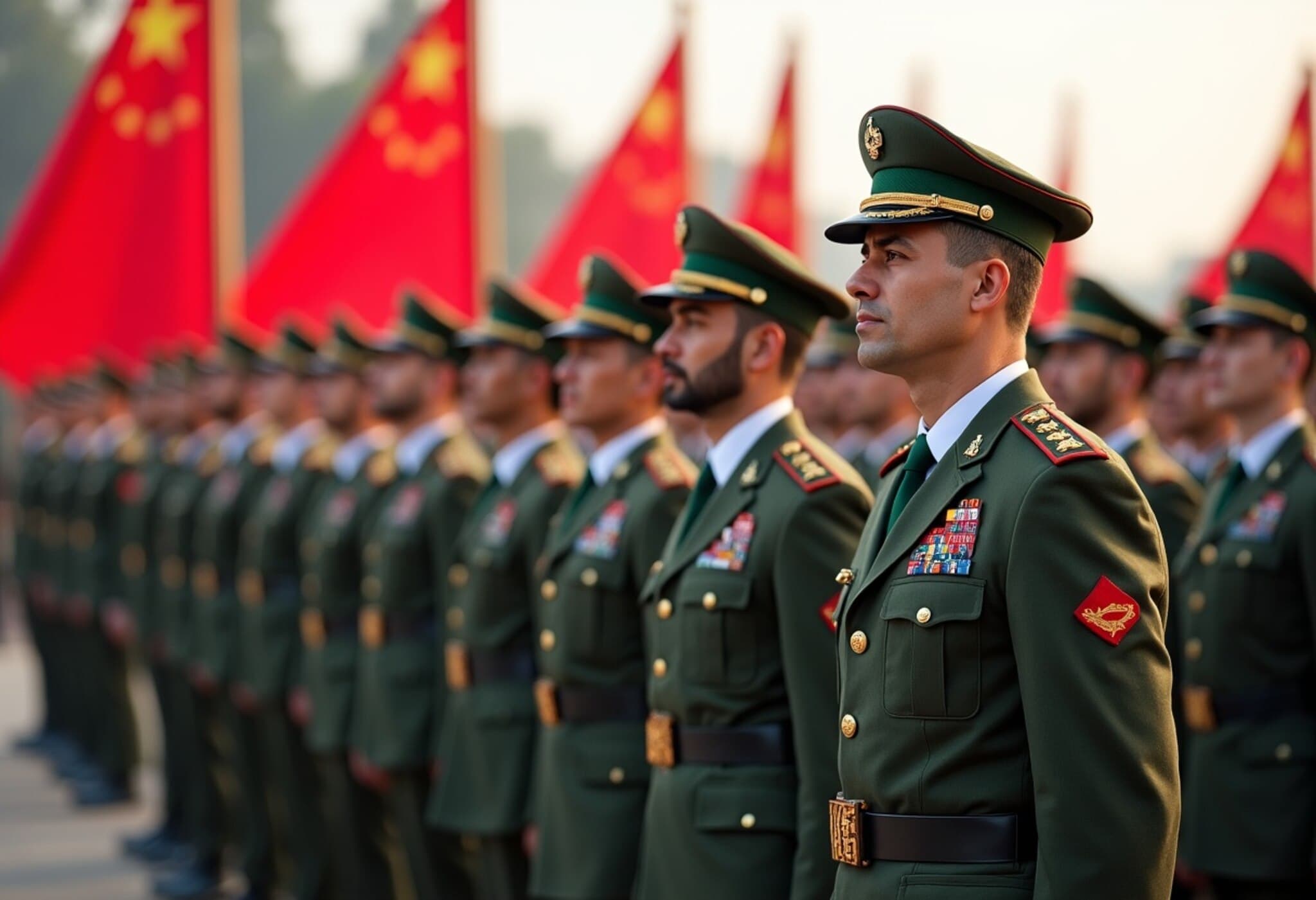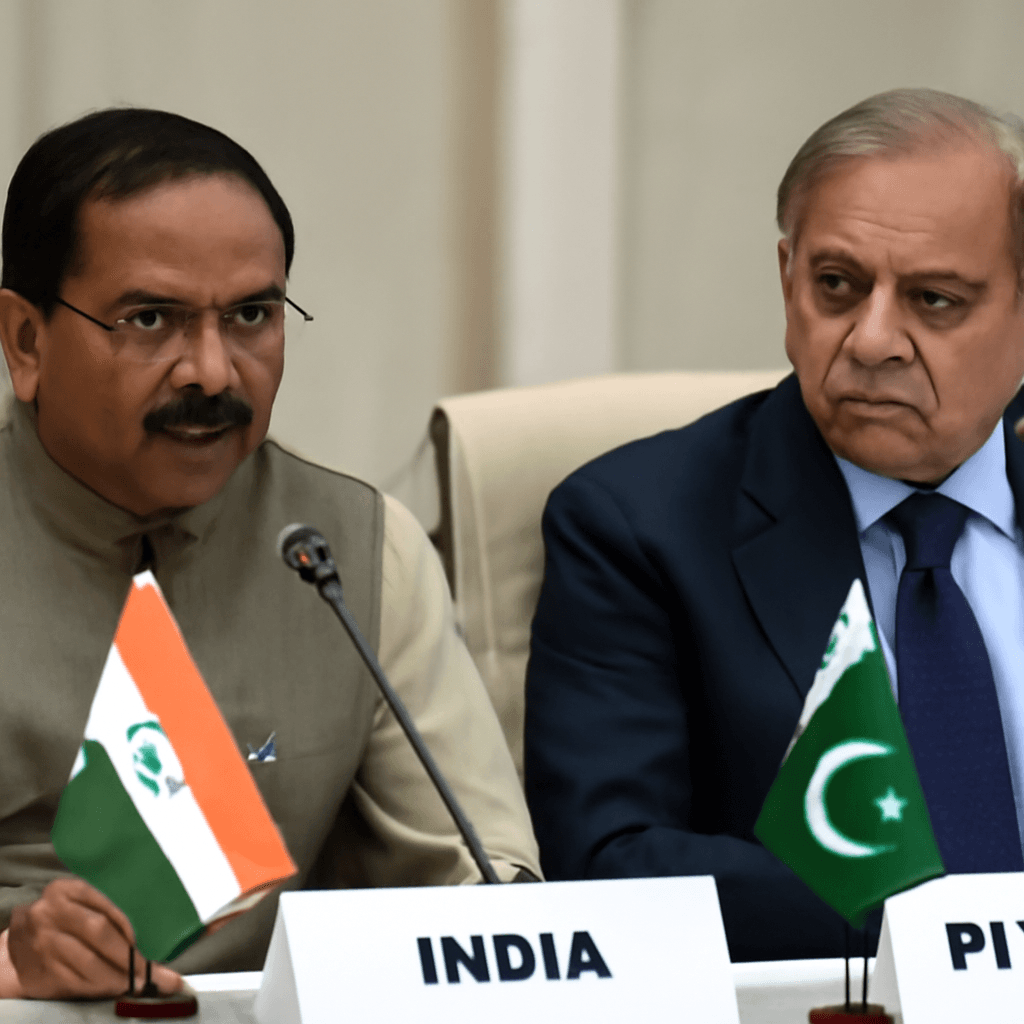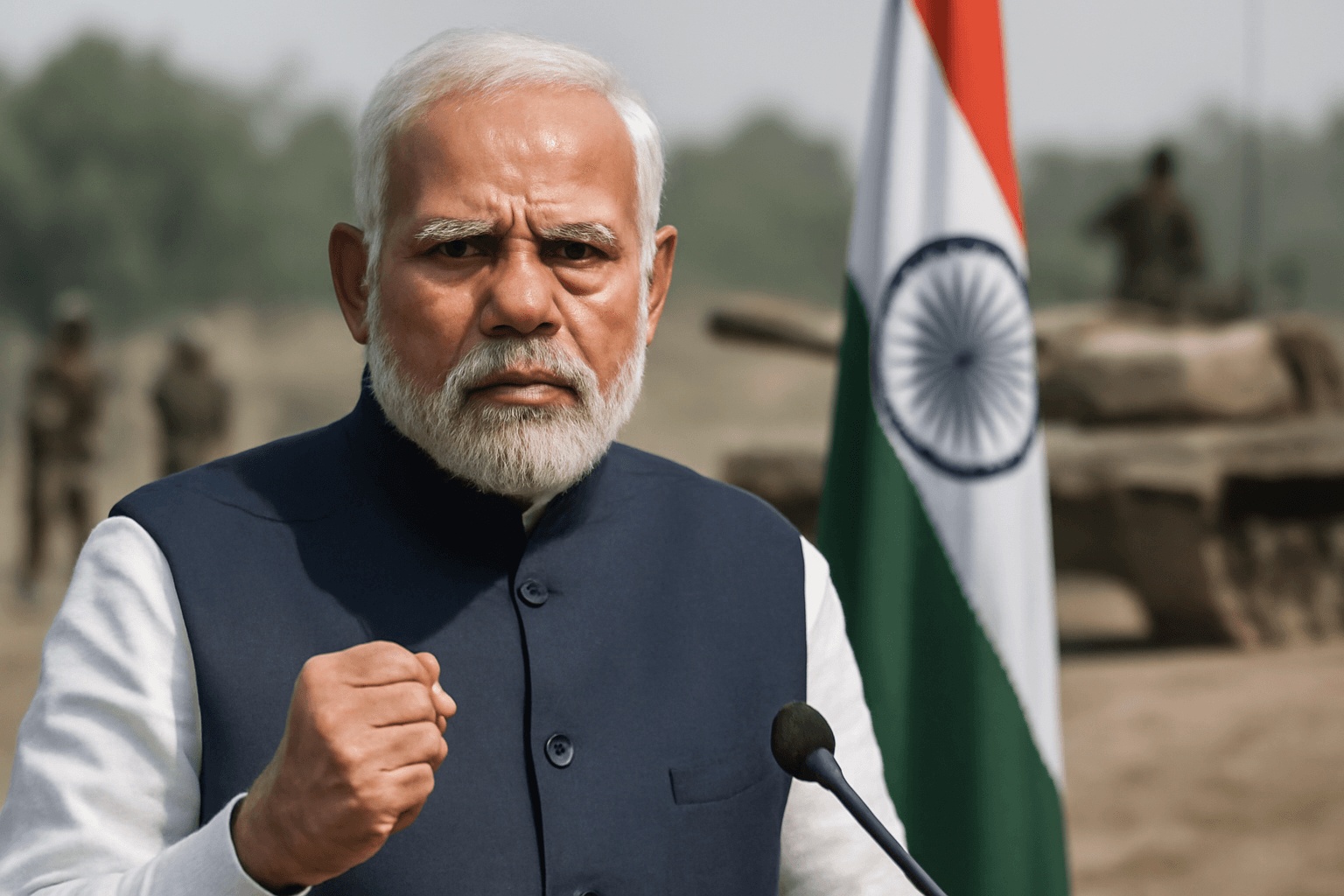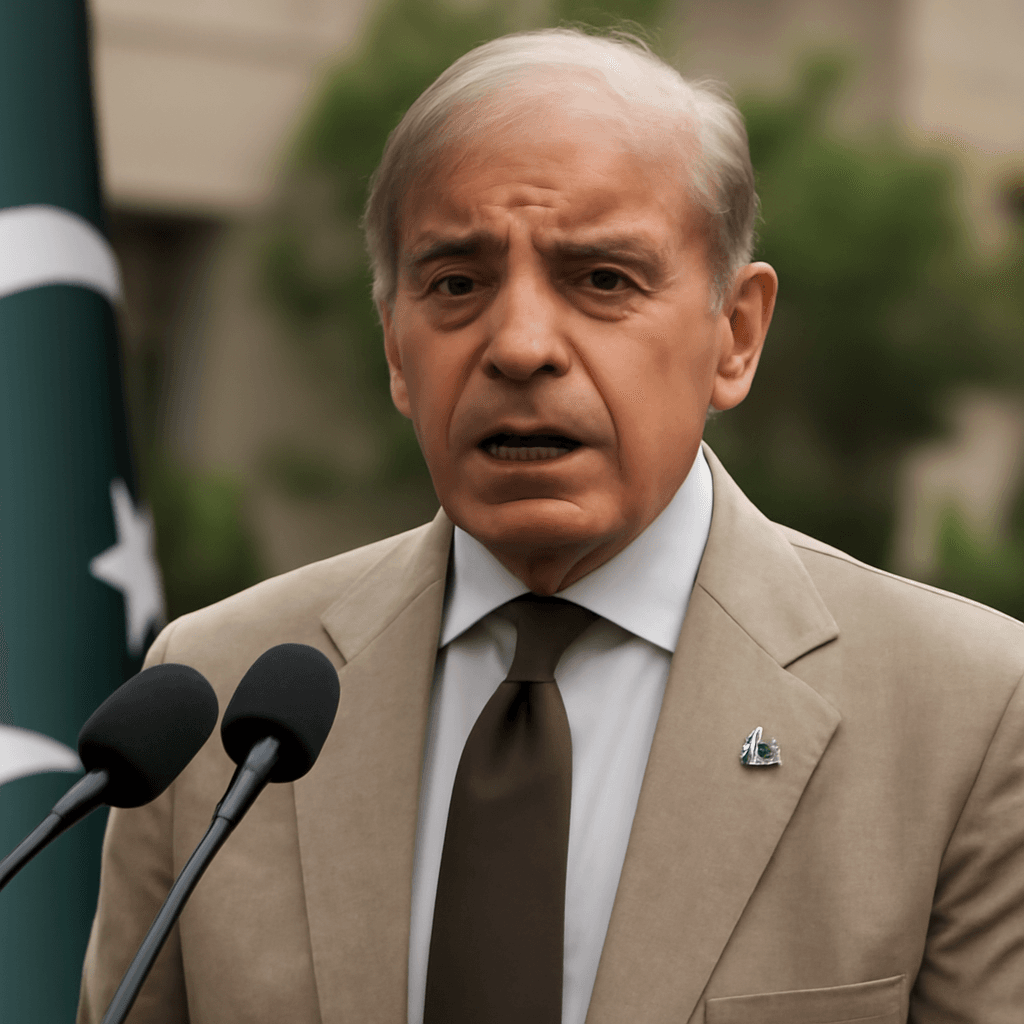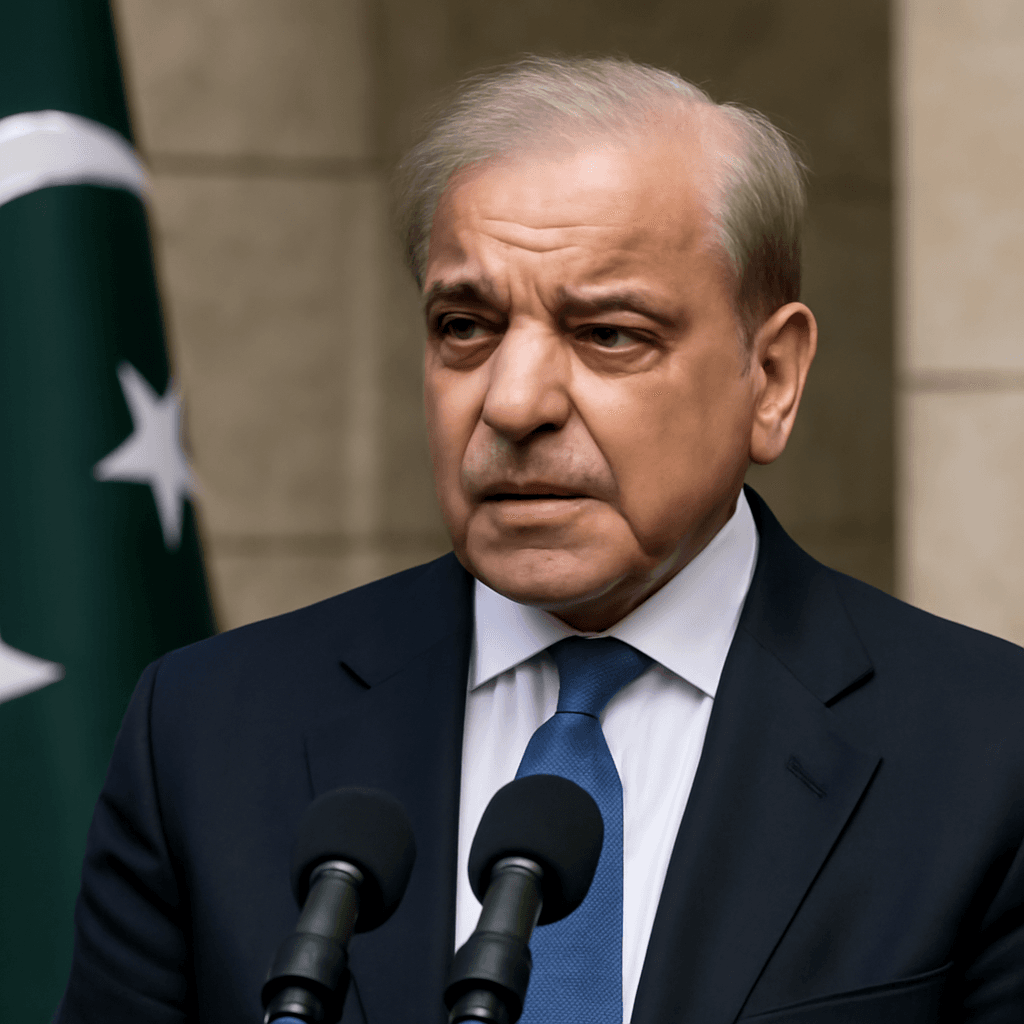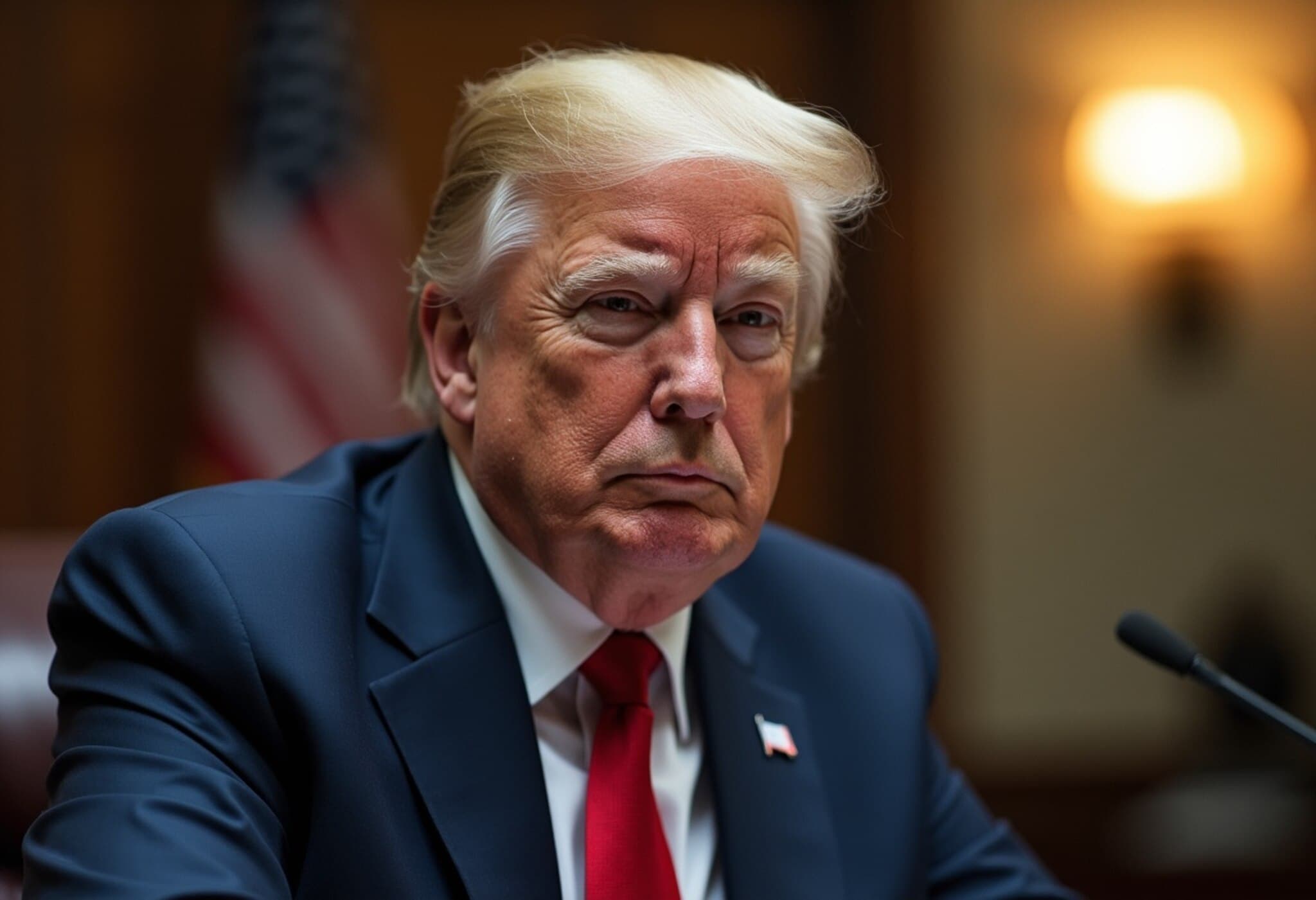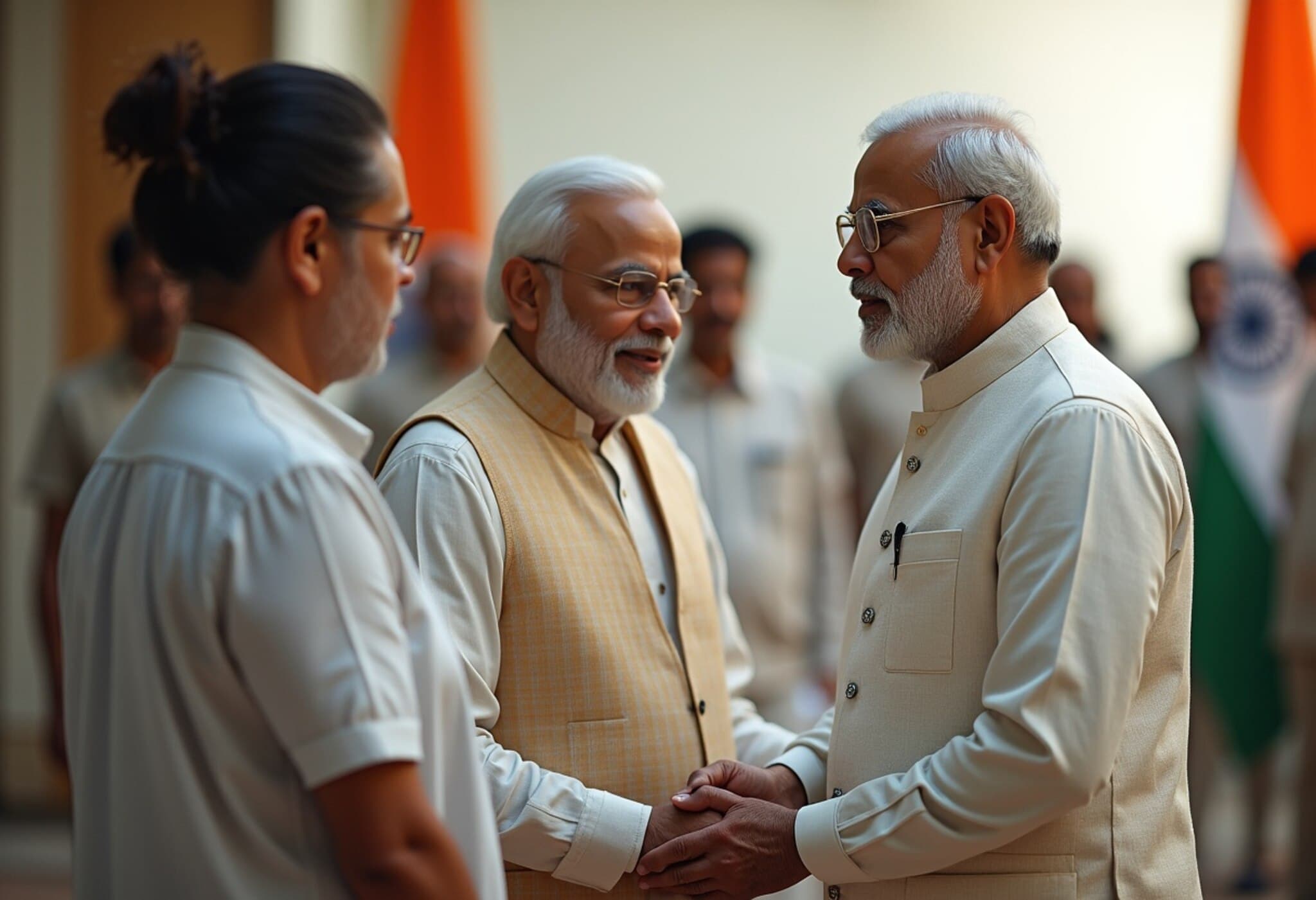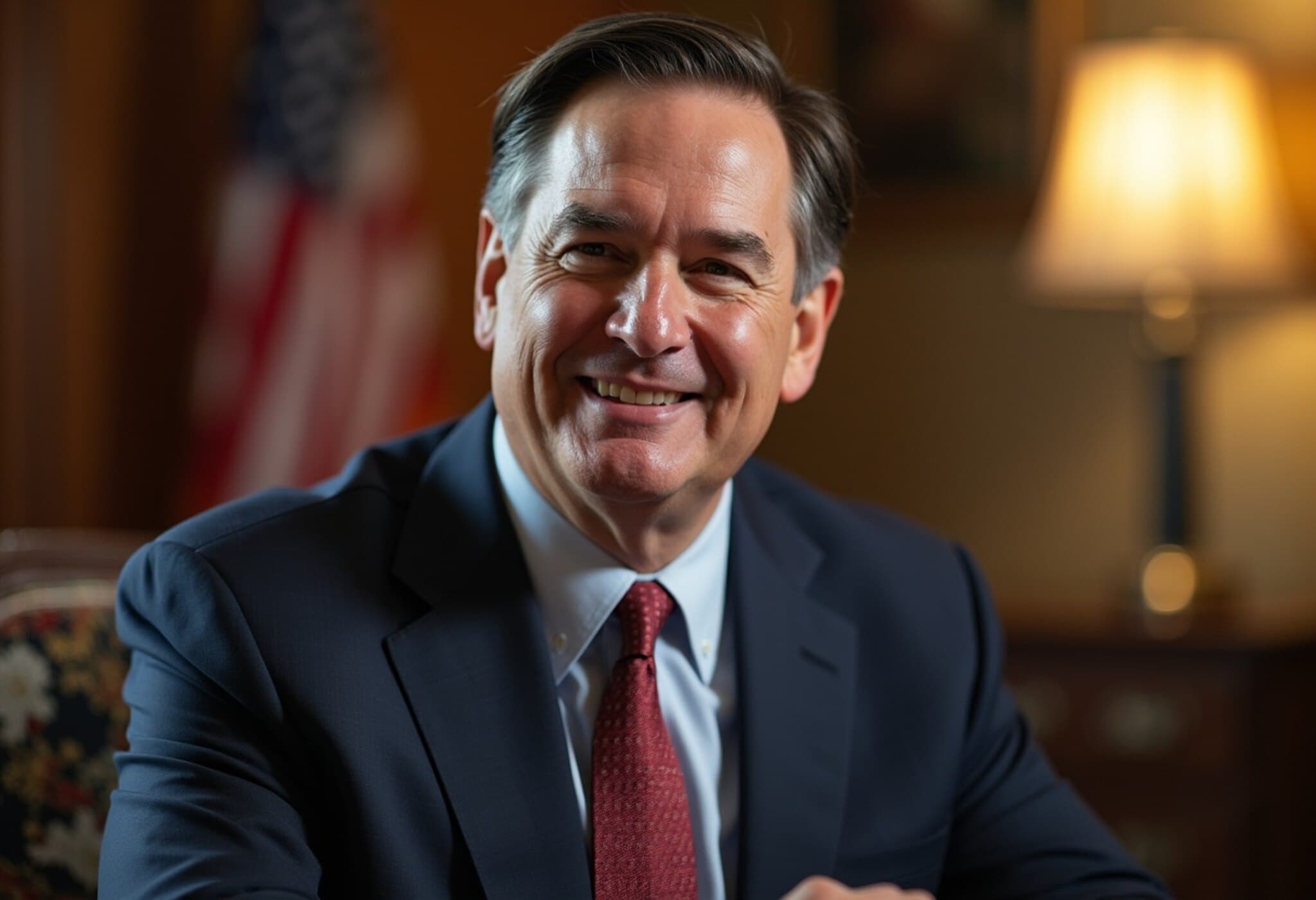Pakistan Celebrates Strong China Alliance Amid New US Tariff Developments
In a striking display of deepening partnership, Pakistan’s military commemorated the 98th anniversary of China’s People’s Liberation Army (PLA) at a grand event held at the General Headquarters (GHQ) in Rawalpindi. This ceremony not only symbolized the close-knit defence relationship between Islamabad and Beijing but also came at a nuanced time following the surprise imposition of a 19% tariff on Pakistani imports by then-US President Donald Trump.
US Tariffs: A Complex Trade Dynamic with Regional Underpinnings
Just days before the tariff announcement, Washington and Islamabad had concluded fresh trade deals, making the imposition seem unexpected to some observers. While tariff discussions were likely part of broader negotiations, Trump’s public commentary suggested a more complex geopolitical undercurrent, favoring criticism of New Delhi over Islamabad. Trump's pointed critiques centered on India’s continued acquisitions of Russian oil and military hardware, whereas Pakistan was portrayed with comparatively leniency.
Pakistan’s Strategic Embrace of China
At the GHQ ceremony, Army Chief Field Marshal Syed Asim Munir put the spotlight on Pakistan’s unwavering commitment to its northern neighbour. He hosted the Chinese Ambassador Jiang Zaidong and PLA Defence Attaché Major General Wang Zhong, featuring military honors, impressive displays of joint defence technology, and ceremonies steeped in political symbolism.
Munir described the Pakistan-China relationship as a “beacon of mutual trust and shared destiny” and underscored the camaraderie by referring to the PLA and Pakistan Army as “iron brothers.” This portrayal goes beyond conventional diplomacy, reflecting decades of intertwined military collaboration and economic ventures, prominently through the China-Pakistan Economic Corridor (CPEC).
Economic and Geopolitical Implications for Pakistan
Facing economic instability marked by tightening IMF conditions and uncertain western financial aid, Pakistan’s bolstered ties with China offer a relatively stable anchor amid turbulence. CPEC projects continue to deepen infrastructural and economic links, strengthening Pakistan’s geopolitical stance.
China’s Strategic Gains in South Asia Amid US Rivalry
For Beijing, Pakistan remains a critical strategic ally, especially as China and the US increasingly compete for influence across the Indo-Pacific region. The GHQ event was more than ceremonial—it was a public reaffirmation of China’s growing foothold in South Asia through a nuclear-armed partner. This deepening alliance adds a significant dimension to the region’s evolving security environment.
The Regional Security Chessboard: Impact on India and the Indo-Pacific
With Pakistan aligning more closely with China, and India simultaneously expanding its security and defence relationships with the US and Indo-Pacific allies, South Asia is witnessing a sharpening of strategic blocs. New Delhi faces a more consolidated northern alliance, intensifying regional competition that carries implications for global peace and security architectures.
Looking Ahead: Pakistan’s Calculated Bet Amid Fluid Alliances
Despite potential setbacks from US tariffs, Pakistan appears resolute in prioritizing its partnership with China over the unpredictability of Western ties. This steadfast approach could have transformative effects on the balance of power in South Asia, raising critical questions about future diplomatic engagements, economic resilience, and regional stability.
Editor's Note
Pakistan’s public celebration of its China ties amid US trade pressures encapsulates the intricate dance of global power politics where economic interests, historical alliances, and emerging rivalries intersect. As Islamabad bets on Beijing’s consistency, the broader implications challenge policymakers and analysts to rethink South Asia’s future trajectory. How will this evolving axis influence US strategy, India’s security calculus, and the economic fortunes of the region? Observers should watch closely as this dynamic unfolds in the coming years.

